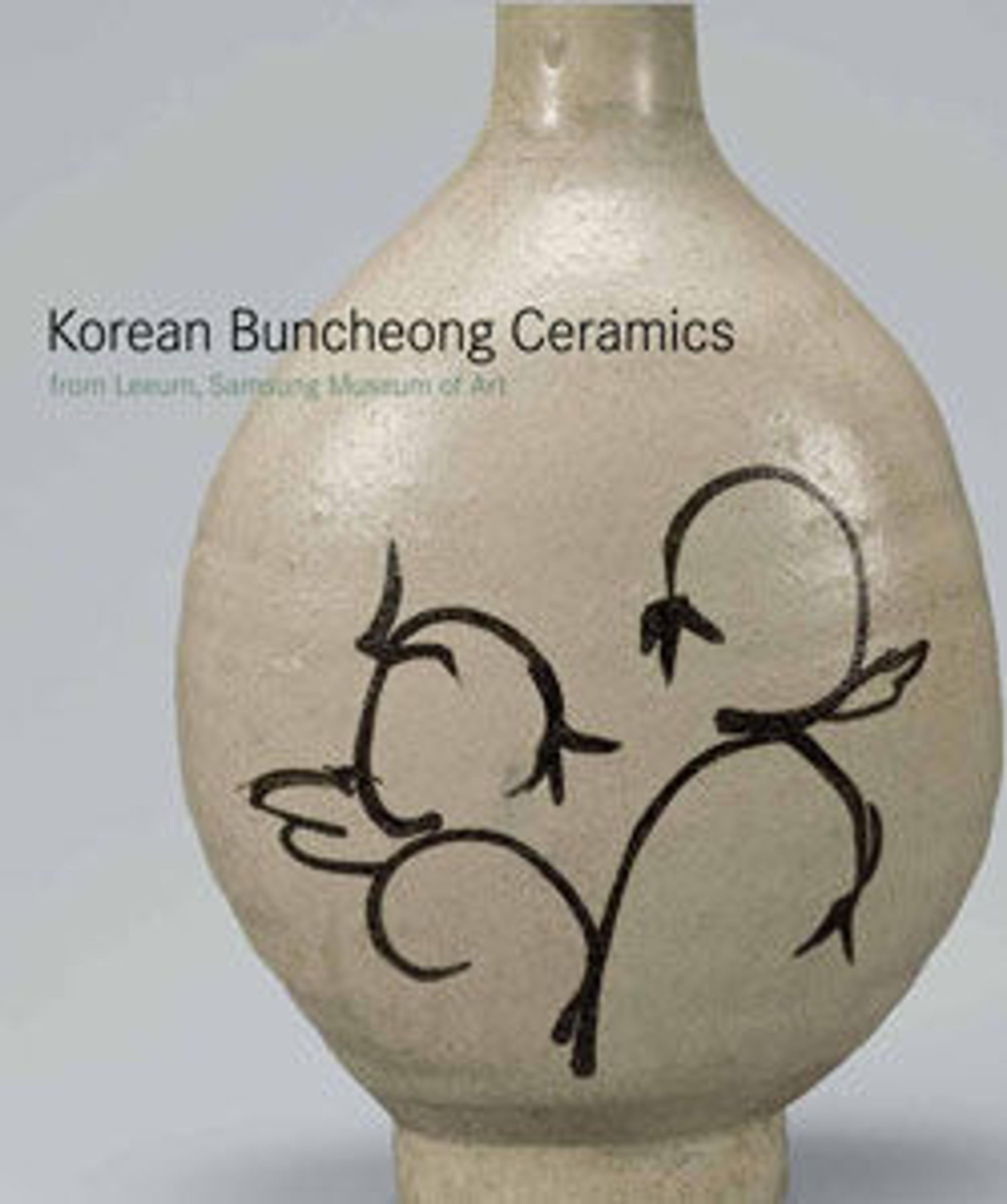Bottle with Decoration of Pine Tree
This robust bottle belongs to a type of stoneware from the Takeo kilns that is defined by the use of white slip over nearly the entire vessel; iron-painted designs; a copper-green glaze that accentuates certain elements (such as the foliage); and the overall application of a transparent glaze. As with Joseon buncheong, the white slip not only makes a pleasing decoration in itself but creates an arresting contrast to the dark clay body. The use of copper-green glaze as a design element was undoubtedly inspired by the popular Oribe-style ceramics produced at the Mino kilns in the late sixteenth and early seventeenth centuries.
Artwork Details
- Title:Bottle with Decoration of Pine Tree
- Period:Edo period (1615–1868)
- Date:ca. mid-17th century
- Culture:Japan
- Medium:Stoneware with iron-painted design and copper-green glaze over brushed white slip (Takeo Karatsu ware)
- Dimensions:H. 13 in. (33 cm); Diam. 7 1/2 in. (19.1 cm)
- Classification:Ceramics
- Credit Line:The Harry G. C. Packard Collection of Asian Art, Gift of Harry G. C. Packard, and Purchase, Fletcher, Rogers, Harris Brisbane Dick, and Louis V. Bell Funds, Joseph Pulitzer Bequest, and The Annenberg Fund Inc. Gift, 1975
- Object Number:1975.268.452
- Curatorial Department: Asian Art
More Artwork
Research Resources
The Met provides unparalleled resources for research and welcomes an international community of students and scholars. The Met's Open Access API is where creators and researchers can connect to the The Met collection. Open Access data and public domain images are available for unrestricted commercial and noncommercial use without permission or fee.
To request images under copyright and other restrictions, please use this Image Request form.
Feedback
We continue to research and examine historical and cultural context for objects in The Met collection. If you have comments or questions about this object record, please contact us using the form below. The Museum looks forward to receiving your comments.
